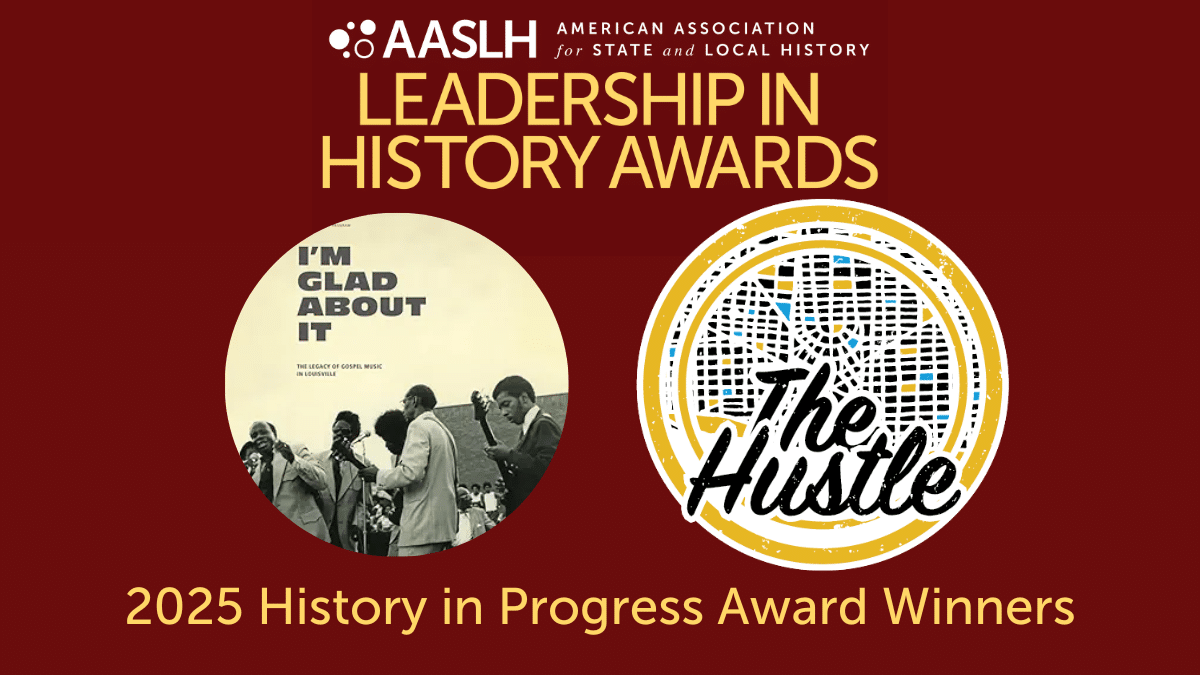It all started with a map. Pictorial St. Louis, a perspective map that showed every street, building, park, and even outhouse in the city, was published in 1875. The map was so detailed and so large that it was published as a book of 110 map plates. When combined, those plates created the largest map in the country at that time. As much of an achievement as the map was in 1875, it was largely unknown to Missouri History Museum visitors. The museum decided to utilize this incredible resource to create an innovative exhibit that told the local story in a new way.
A Walk in 1875 St. Louis explored one of the most important years in St. Louis history and sparked an unprecedented level of engagement at the Missouri History Museum. Even those who were familiar with the map could not have imagined how it would be displayed: the exhibit reproduced portions of the map to be as much as 30 feet wide by 12 feet high, printed them on high definition fabric, then backlit them to give a glowing effect. The size and the scale of these reproductions gave visitors the sense that they were literally walking the streets from 140 years ago. But as detailed as the map was, it did not give insight into the lives lived on those streets, so interpretation drew on city reports, newspapers, books, and historic images to find details about 1875 life. A Walk in 1875 St. Louis wanted to be able to tell visitors authentic personal details about where 1875 St. Louisans were working, what they were eating, how they were traveling, and why they couldn’t see their legs when they took a bath. To illustrate what they discovered, the museum partnered with a local cartoonist to create floor-to-ceiling illustrations meant to engage visitors of all ages and backgrounds. They searched museum collections to display a wide range of artifacts that depict everyday life and people – from the clothes St. Louisans were wearing to the games they were playing to the hair wreaths they were displaying in their homes, and even the traps they caught mice in.
The exhibit’s reception was extraordinary. It was seen by more than 235,000 people, greatly exceeding the attendance goal of 80,000. The success of their approach was evident through school group evaluations, social media comments, and amazing media coverage. St. Louis Magazine wrote that this exhibit would “fundamentally change the average visitor’s whole conception of what life was really like in the 19th century.”
Recipient
field_52247df8cf362
Award Details
field_52247df8ef76a
Online Details
field_52247df90c76e
Contact Details
field_52247df916ae8



